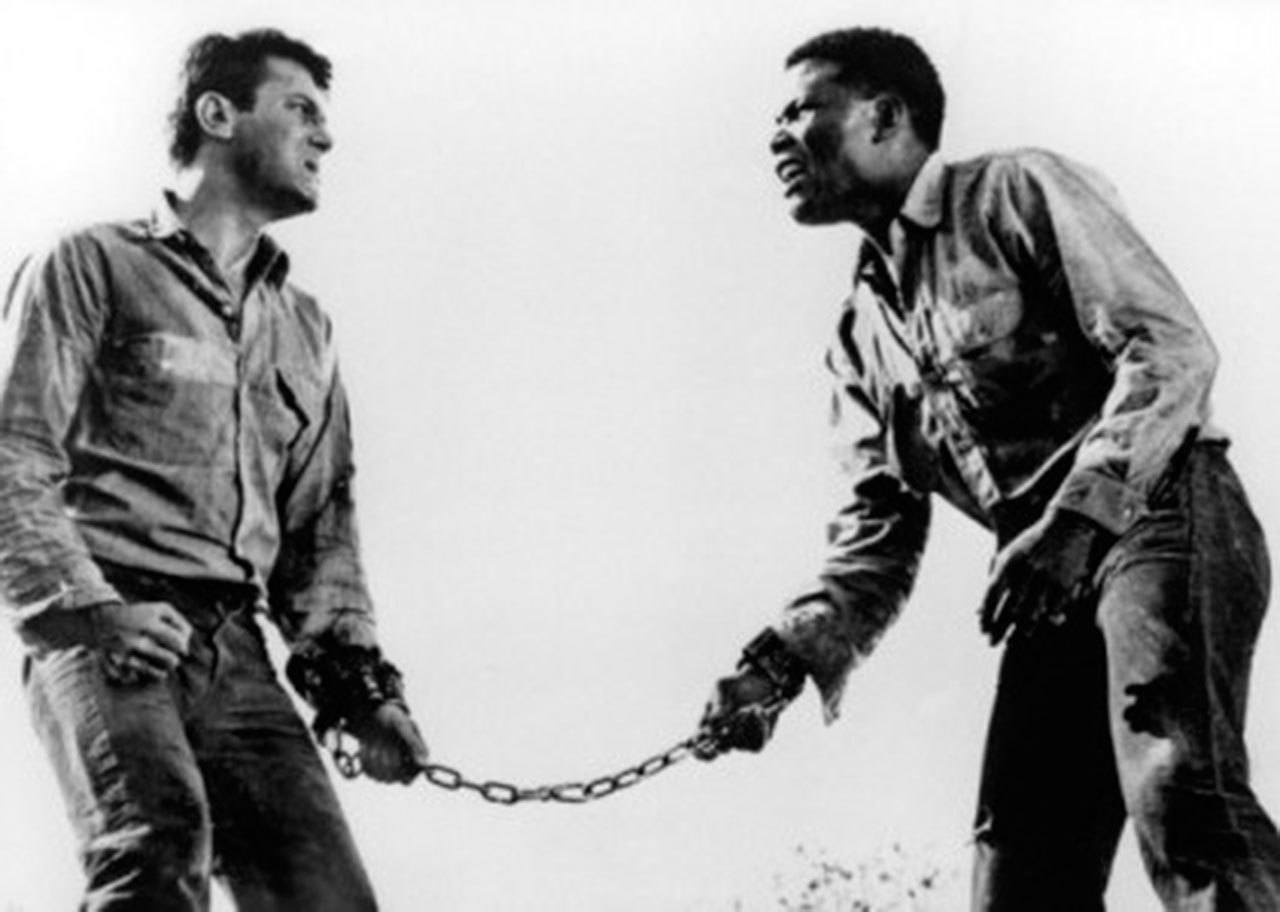By The Herald Editorial Board
Those tending to their wounds after the presidential election by fantasizing about one or more Western states breaking off from the rest of the nation ought to watch or rewatch “The Defiant Ones.”
The 1958 film classic starred Sidney Poitier and Tony Curtis as two convicts — one black, the other white — chained together at the wrists, who escape custody following the crash of a prison van.
Director Stanley Kramer intended the film as a commentary on race with a direct message about the necessity to understand each other and work together. But the concept applies when the colors we’re talking about are as much red and blue as they are black and white.
Ballot measures seeking secession from the union following last Tuesday’s election of Republican candidate Donald Trump have been launched in California and Oregon. And while no formal ballot measure has yet been proposed in Washington state, an advisory petition has been filed at WhiteHouse.gov, asking we be allowed to leave the U.S. and form our own government.
Just to entertain the notion: Could we go it alone? Maybe. Separately each of the three Western states have economies and gross domestic products similar to other nations. California’s GDP is comparable to that of Brazil’s; Oregon’s is similar to Portugal’s; and Washington state’s is similar to Austria’s. Measuring per capita GDP output, California ranks with Germany, and both Oregon and Washington are similar to the Netherlands.
But you won’t be seeing a Pacifexit anytime soon. Apart from armed revolution, which last time resulted in the loss of 620,000 American lives, it would take a Constitutional amendment, requiring two-thirds approval in both houses of Congress and ratification from three-quarters of the states.
Still, the secessionists persist.
A Portland resident, Chris Trejbal, is one of the initiative sponsors in Oregon. Trejbal told the NW News Network that he has been considering a free Oregon for a while, but Trump’s election was the last straw.
“It’s an open question for us,” Trejbal said. “Is there really a place for Oregon in the United States anymore? Can our values fit with everyone else’s values? And we wanted to start that conversation.”
It’s not like those upset about Trump’s victory have a monopoly on sore losing. Republic of Texas talk arose after both victories by Barack Obama in 2008 and 2012. And while they weren’t seeking to leave the nation, Republicans in Eastern Washington in 2015 proposed legislation to split the state along the Cascade Range.
But what the secessionists wrongly presume is that they speak for everyone in their hoped-for enclaves. Democratic candidate Hillary Clinton won about 52 percent of the vote in Oregon, with 41 percent going to Trump. Likewise, the split was 55 percent for Clinton and 38 for Trump in Washington state and 62 percent for Clinton and 33 percent for Trump in California.
Excuse me, but you’ve got some red mixed in with your blue there.
What the secessionists are basing their premise on is that bi-chromatic electoral map, failing to see that its true colors are red- or blue-tinged shades of purple.
That’s another argument against the Electoral College, which has led some to forget that distinction. For election night clarity, the Electoral College’s winner-take-all rule paints in just those two colors, but it’s an inaccurate representation of where each state actually stands in its support of party.
Without giving away the ending of Kramer’s movie, Poitier and Curtis successfully remove the shackles that bind them, then have to decide if they’ll continue on together or go their separate ways.
We can hope the Constitution binds us together long enough to figure out how to understand each other and work together.
Talk to us
> Give us your news tips.
> Send us a letter to the editor.
> More Herald contact information.

























